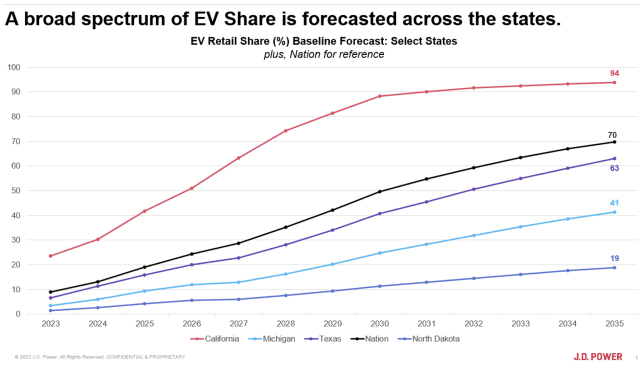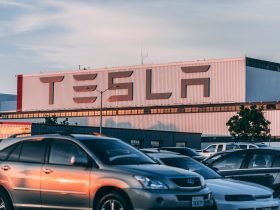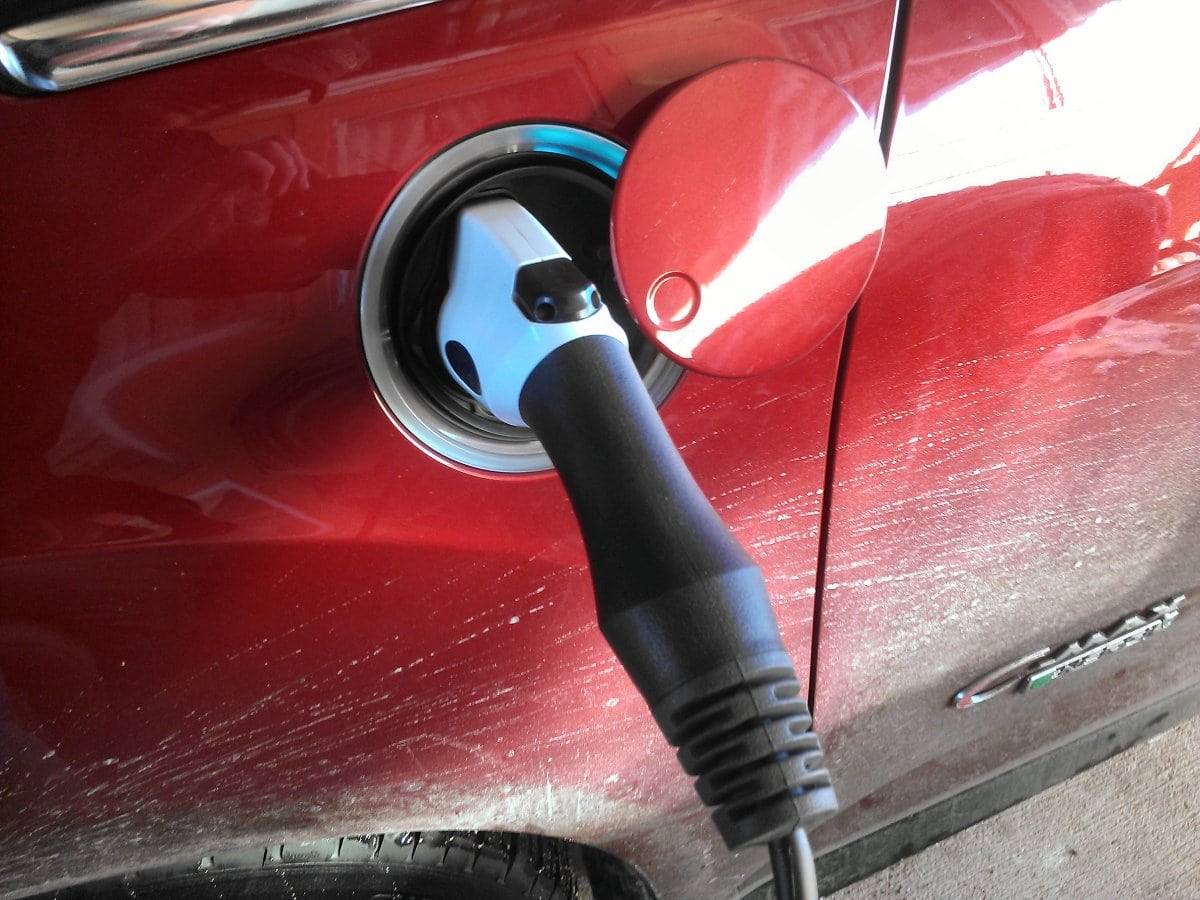A new survey from J.D. Power & Associates shows that Americans are getting increasingly divided over EV adoption. A new J.D. Power survey of state-by-state vehicle sales in the United States shows increasing division between high-adoption areas and those showing low adoption. With higher adoption states continuing to gain EV market share while lower adoption states see that market share diminishing.
Nationally, electric vehicle adoption is rising steadily, representing about 8.6 percent of the total new vehicle retail market thus far in 2023. Year-over-year, EV adoption is up 1 point in J.D. Power’s 100-point index, now scoring at 21. This does not show the significant state-by-state variation, however.
States that have been aggressively incentivizing EV purchases and building infrastructure to accommodate them are seeing fast growth in EV adoption. States like California, Washington, Oregon, Colorado, and others are seeing the largest gains in EV market share. States without these incentives are seeing the opposite as the initial trend of early adopters begins to fade.

The J.D. Power report digs into various metrics for EV sales and adoption. Including pricing, infrastructure growth, and demographics. What J.D. Power is finding, it appears, is the same thing I talked about in July. Consumers have expectations and only certain parts of the country are able to have an EV meet those expectations. Especially when it comes to charging infrastructure and pricing. Heavier incentives make higher-cost EVs more palatable for buyers, but without heavy investment in infrastructure to match, buyers will still remain mostly disinterested.
Another large factor, politics, seems to be left out of the J.D. Power study. Although controversial, it’s also a large factor in EV adoption. Because electrification has become politicized in our bi-polar political climate, how EVs are seen socially has also become a factor in purchase decisions. So long as incentivization is seen as political, that will remain true.
This editorial originally published on EVmeme.com.







